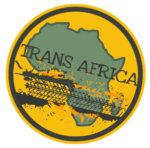The third stage of the Trans-Saharan journey is an exciting adventure that traverses West Africa from Senegal to Liberia, offering a unique experience to discover the cultural diversity, fascinating history, and breathtaking landscapes of this region.
Along the route, there is an opportunity to immerse oneself in vibrant cultures, explore the wild nature, and meet extraordinary people. There is no better way to discover West Africa than through an unforgettable journey from Dakar to Monrovia.
Explore the details of this journey: the Trans-Saharan route through Senegal, Guinea, Gambia, Guinea-Bissau, Sierra Leone, and Liberia:
- From Senegal to Gambia
- The Two Guineas: Guinea-Bissau and Guinea-Conakry
- From Sierra Leone to Liberia
Trans-Saharan: from Senegal to Gambia
This stretch of the itinerary through West Africa, from Senegal to Gambia, offers a comprehensive experience, allowing you to discover the cultural richness, natural beauty, and diversity of this fascinating region. From breathtaking landscapes to vibrant cities, enchanting salt flats to unforgettable birdwatching experiences, this journey is an indescribable adventure.
Dakar, the capital of Senegal
The third stage of the Trans-Saharan journey begins in Dakar, a city that blends modernity and tradition in a fascinating fusion. Visit the Grand Mosque, the colorful Sandaga market, and savor local culinary delights. Additionally, immerse yourself in the atmosphere of enchanting beaches such as Plage de N’Gor, where you can relax and enjoy the African sun.
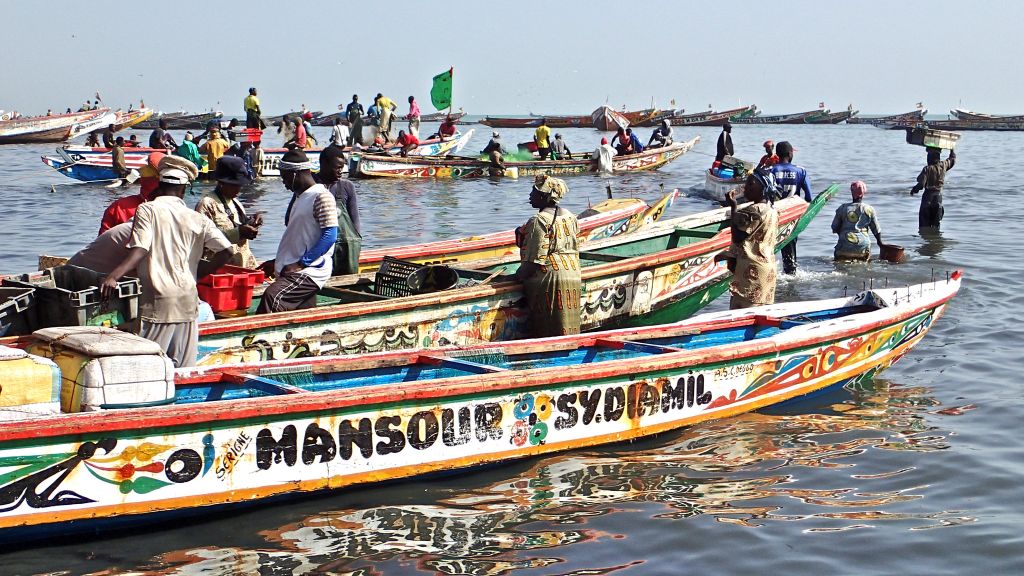
The Kaolak Salt Flats
Next, you head towards the Kaolak Salt Flats, a unique destination offering a captivating natural spectacle. The salt flats are renowned for their vibrant colors, ranging from white to pink, creating a surreal landscape. Marvel at the salt mounds while local workers engage in the extraction of this precious mineral.
Sine Ngayene Archaeological Site
Continuing the journey, you reach Sine Ngayene, a region in Senegal characterized by stunning waterfalls and breathtaking natural landscapes, once home to one of the largest megalithic civilizations in history. Sine Ngayene boasts the richest megalithic site, with 1,102 standing stones.
Banjul, the Capital of The Gambia
Heading south, you arrive in Banjul, the capital of The Gambia, a charming coastal city located at the mouth of the Gambia River. Banjul provides an opportunity to immerse yourself in the culture and history of the country. Visit the National Museum, narrating the history and culture of The Gambia, and enjoy a stroll along Kotu Beach, offering spectacular views of the ocean.
Birdwatching Tour in The Gambia
For bird enthusiasts, The Gambia offers one of the best birdwatching destinations in Africa. Explore Abuko National Park, home to a wide variety of bird species, including kingfishers, ibises, and many more. Boat excursions along the Gambia River provide a chance to observe pink flamingos and other bird species.
Casamance
Returning to Senegal, Casamance awaits, the southern region known for its gradual transition from savannah to forest. This region is famous for its unique culture, musical traditions, and beautiful beaches.
Explore traditional villages and be welcomed by the king of one of the oldest Diola kingdoms, who explains the history of his people, the rules of a traditional leader, and the intricate taboos and mystical meanings of being a king in Diola culture. Witness the ritual dances of sacred Diola masks; these masks belong to a secret society, and the dancers’ identities are shrouded in mystery, believed to be animated by spirits.
Trans-Saharan: Guinea-Bissau and Guinea-Conakry
Paradisiacal islands, historic cities, and the unique atmosphere of ancient traditional rituals characterize this segment of the third stage of the Trans-Saharan journey.
Bissau, the capital of Guinea-Bissau
The journey begins in the capital, Bissau, a captivating city that blends Portuguese and African influences. Explore lively markets, savor delicious local cuisine, and immerse yourself in the fascinating culture of Guinea-Bissau. Don’t miss the National Museum, narrating the country’s history and culture, visiting the grand fort dating back to the slave trade era, and strolling along Bissau Beach to enjoy the coastal atmosphere.
The Bijagos Archipelago
Next on the itinerary is the Bijagos Archipelago, a natural paradise composed of a group of enchanting islands off the Guinean coast. These islands are famous for their exceptional biodiversity, featuring white sandy beaches, lagoons, mangroves, and rich marine life.
Arriving at Bolama, a historic city that once served as the country’s capital during the Portuguese colonial period. Now, the colonial architecture crumbles beneath tropical vegetation, creating a unique atmosphere of a ghost town with picturesque, now deserted streets.
A unique experience that can be had in Guinea-Bissau, particularly in the Bijagos Archipelago, is the ritual of La Vaca Bruto. It is an ancient traditional ritual during which participants wear masks, dance, and recite to pay homage to ancestors and seek protection and prosperity. La Vaca Bruto is the most spectacular mask on the islands, crafted with real horns, leather ears, and thick ropes to recreate a powerful bull. It is a unique opportunity to immerse yourself in the country’s culture and traditions.
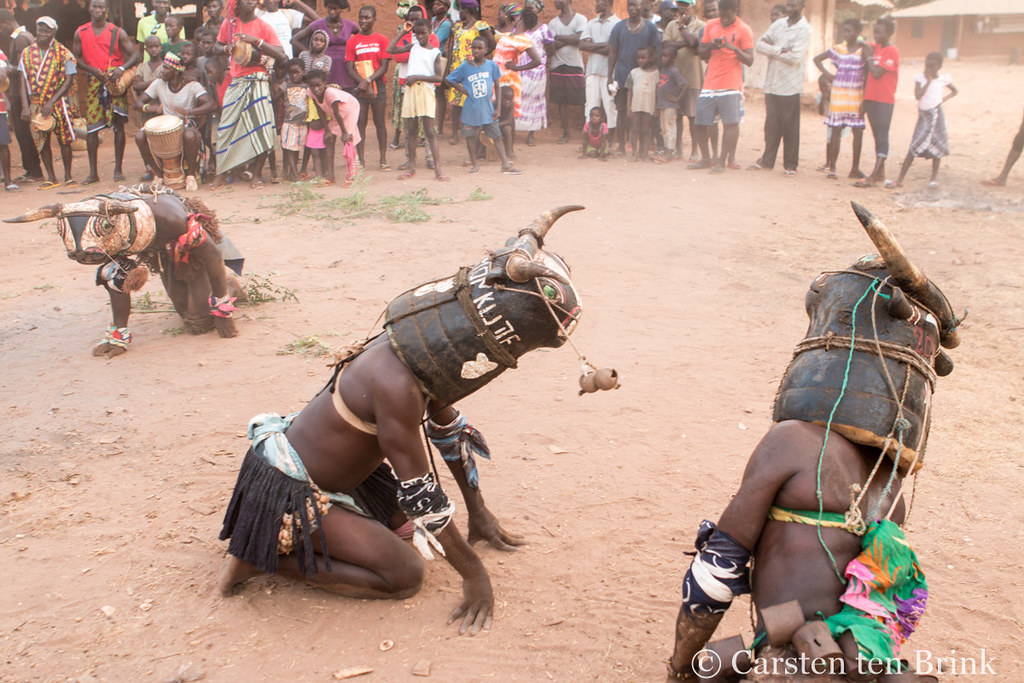
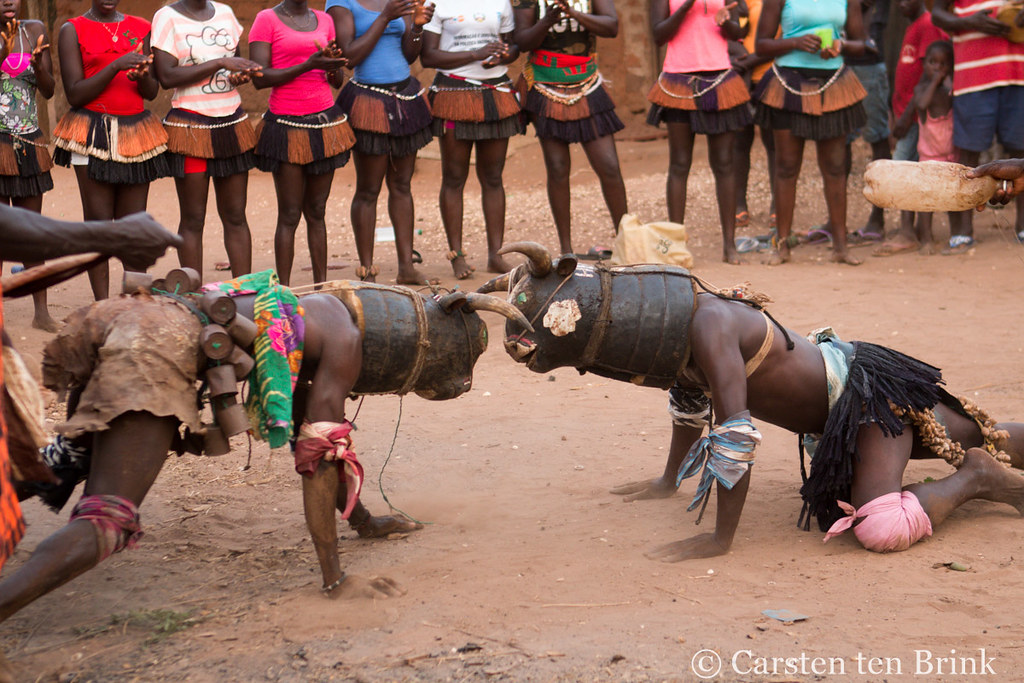
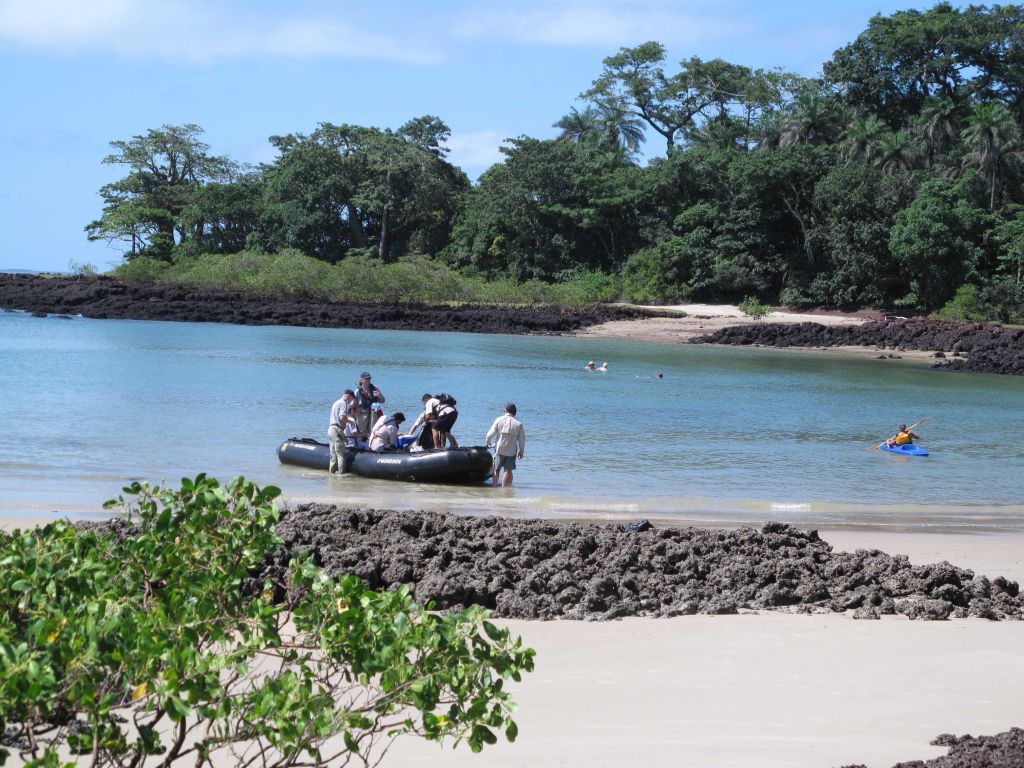
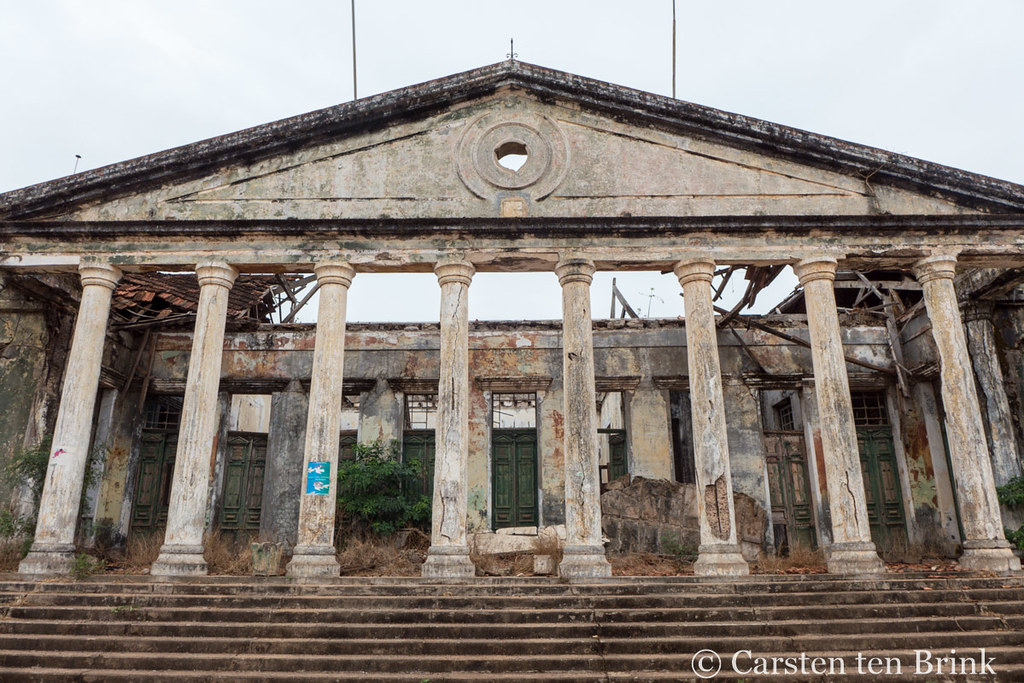
The Fouta Djalon Massif
We reach the Fouta Djalon, a mountainous region located in the center of Guinea-Conakry. This area is renowned for its spectacular waterfalls, breathtaking landscapes, and welcoming rural communities. The territory is inhabited by the Peul, also known as Fulani, famous for their beauty and being the primary cattle herders in West Africa. We visit isolated villages with large clay houses adorned with bas-reliefs, high conical roofs with several layers of thatch.
Dalaba, a charming town situated in the Fouta Djalon, offers an authentic experience where you can explore traditional markets.
Trans-Saharan: From Sierra Leone to Liberia
The third stage of the Trans-Saharan journey explores two new states with a tumultuous past: Sierra Leone and Liberia.
Freetown, the capital of Sierra Leone
In 1808, Freetown became the capital of the first British colony in tropical Africa. Today, it is characterized by the vibrant atmosphere of the city, its historic center, the colorful Lumley market, and local cuisine. The National Museum of Sierra Leone narrates the country’s history closely tied to the slave trade.
Banana Island
Banana Island is a small island off the coast of Sierra Leone. This tropical paradise offers white sandy beaches, crystal-clear waters, and abundant marine life. Snorkeling in these waters always provides new thrills, as does hiking in the surrounding rainforest or simply relaxing on the beach.
Diamond Hunting in Bo
Continuing the journey, you arrive in Bo, the second-largest city in Sierra Leone. Bo is renowned for its colonial architecture, vibrant markets, and the ancient tradition, still practiced today, of diamond hunting using artisanal extraction techniques.
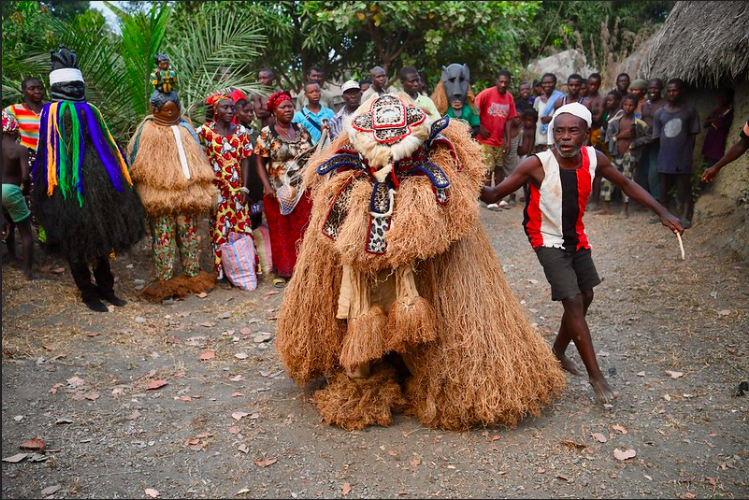
Mende People and Bundo Masks
The ritual of the Bundo masks, the female masks of the Mende people, plays a crucial role in the puberty rites of girls. This traditional ritual primarily takes place in the Bo region and involves dances, songs, and theatrical performances performed by masked women. The Bundo ritual represents a moment of connection with the ancient traditions and cultural heritage of Sierra Leone.
Monrovia, the Capital of Liberia
Monrovia, the capital of Liberia, is the destination that concludes the third leg of the Trans-Saharan expedition. Liberia was founded by the Krio, freed slaves returning from the United States, and Monrovia features numerous examples of traditional Krio architecture. Monrovia is a rapidly growing city with a vibrant artistic scene, eclectic restaurants, and a fascinating culture. Visit the National Museum of Liberia to learn about the country’s history, explore the Waterside Market to discover local products, and admire colonial architecture in the Mamba Point area. Monrovia also offers beautiful beaches and the opportunity to hike in the surrounding nature.
Here concludes the third stage of the Trans-Saharan, an adventurous journey from Senegal to Liberia.
For inquiries or a quote for this journey: the Trans-Saharan expedition from Senegal to Liberia.
